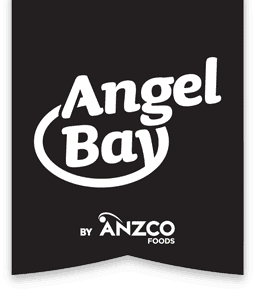
Navigating the Supply Chain
Opportunities & Challenges in food service and how your suppliers can help.
This article will explore the food service supply chain and the challenges and opportunities that inherently affect suppliers, distributors and end users alike. Findings from a survey conducted by HAVI Global Solutions and Technomic Inc. guide our exploration into the key factors that contribute to a successful food service supply chain.
Challenges in the Foodservice Industry:
~ Shifting consumer preferences, and diverse tastes and stances on production practices and product procurement disrupt traditional practices.
~ Government regulations such as the Food Safety Modernisation Act, are requiring stricter adherence to food safety standards.
~ Distribution costs are also a major concern across industries and the food service industry is no different.
Opportunities:
~ Communication and Collaboration are important in many facets of life both in the work and personal spaces. The supply chain is no different, maintaining strong lines of communication is vital for improved performance.
~ Fostering a collaborative culture, enhancing forecasting capabilities, and gaining real-time visibility into changing conditions are key.
~ External collaboration with suppliers and distributors reduces waste, and cost, and ensures timely delivery.
~ Embracing agility and the ability to respond rapidly to changes is crucial for success.
It’s all good and well to understand the challenges and opportunities that present themselves within the industry and undoubtedly most of us are very aware of them. Supplier and Distributor relationships are a core foundation in building and maintaining a sound supply chain. Let’s delve into how suppliers can aid distributors in the points discussed above.
Timely and Transparent Communication:
~ Provide distributors with accurate and timely information about product availability, lead times, and potential disruptions, and distributors maintain communications with suppliers if any issues arise.
~ Helping distributors plan inventory and delivery schedules efficiently.
Product Innovation and Adaptability:
~ Suppliers stay updated on consumer preferences and market trends.
~ Introducing new products or adapting existing ones to meet emerging demands and markets, e.g., plant-based options, gluten-free, or halal.
Collaborative Demand Planning:
~ Engaging in joint demand planning processes.
~ Sharing data, market insights, and promotional plans to enhance forecasting accuracy and reduce stockouts or excess inventory.
Actively communicated Inventory Management:
~ Providing real-time visibility into stock levels and communicating future shortages or product surpluses. Facilitating timely replenishment within reason (based on demand) and reducing the risk of product shortages.
Effective supplier and distributor relationships are essential when navigating the twists and turns of the food service supply chain. Through open communication, flexibility, collaboration, and a shared commitment to innovation and efficiency, a strong partnership is fostered. One that benefits both parties and ultimately ensures a seamless flow of products, from farm to table.
On that note, don’t hesitate to reach out to any of our sales or marketing team to discuss any obstacles or opportunities that arise.
